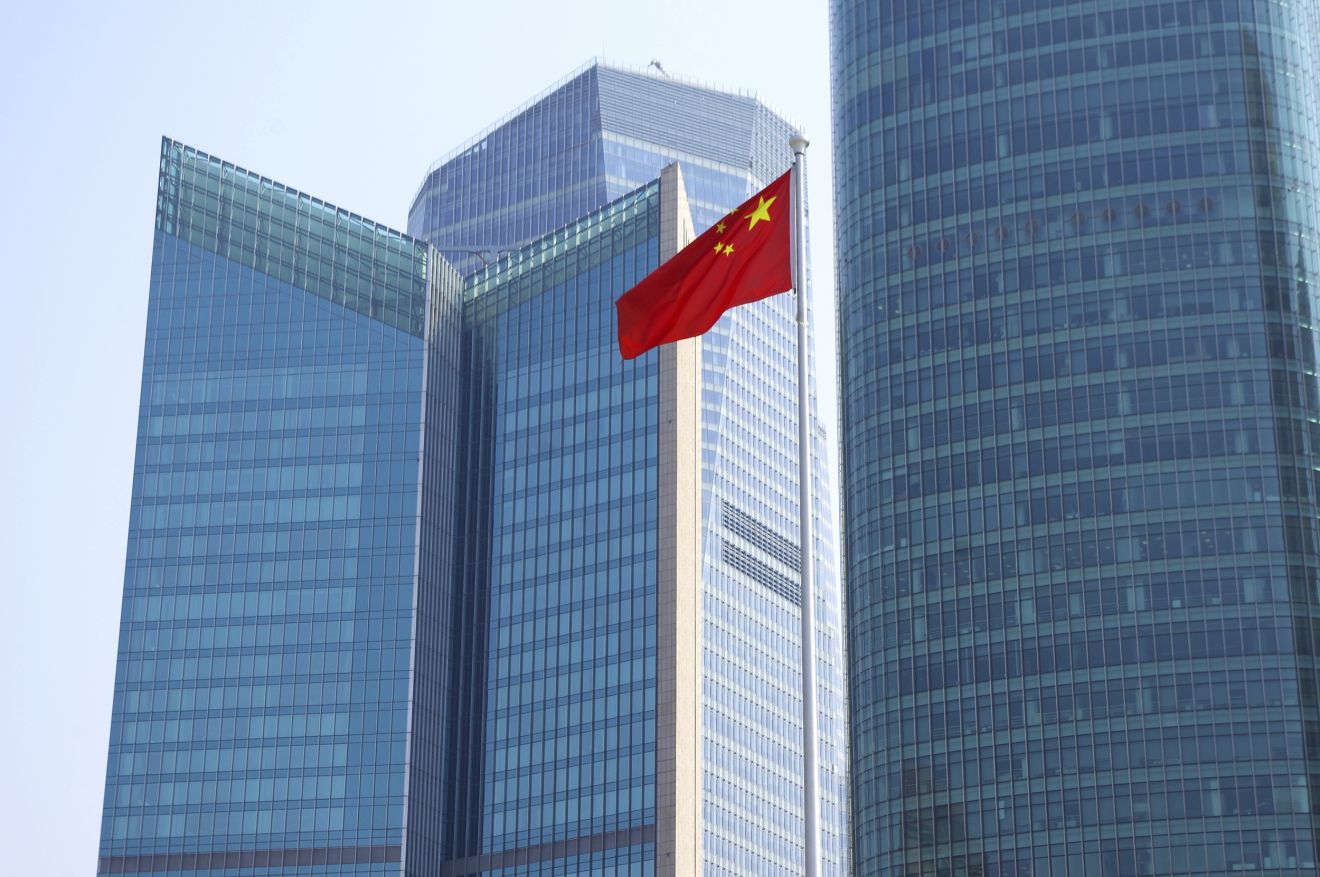
China’s leaders embark on the latest round of land ownership reforms. Will it help reduce social tensions and maintain the status quo?
When Chinese leaders concluded the Third Plenum of the 18th Communist Party of China Central Committee in November 2013, more than 300 reform measures had been brought up and unanimously adopted. The decision to allow the markets to play a “decisive” role in resource allocation grabbed the initial headlines, but there was another measure that caught the eye: the introduction of a property tax in the near future.
“One thing a property tax will do is take away the incentive for local governments to clear people out of their homes and selling that land to developers, because that’s a big source of revenue at the local government level,” explains Andrew Walder, Ho Bee Professor in Chinese Economy and Business at Singapore Management University (SMU). “It all depends on the rates that are assessed and what they do with the revenue.”
Urban reform
An increase in revenue would blunt the urge for local governments to sell land in order to meet municipal expenses. While that will lead to a cut in housing supply – and possibly inflating already sky-high prices – it should be noted that China’s biggest cities do not necessarily suffer from a supply shortage of residential housing.
The exorbitant property prices in China’s urban centres are often suspected to be the result of hoarding by speculators and cash-rich investors. Researchers at Beijing Union University found in 2007 that nearly 30 percent of electricity meters in the Chinese capitol’s apartment buildings did not register any usage at all. In 2011, a survey by Beijing Police showed that 3.8 million housing units in the city were vacant, putting the vacancy rate at 28.9 percent.
Such activity has contributed to a threefold price increase in Beijing residential property from 2007 (about 10,000 RMB or US$1,640 per Sq metre) to 2011 (just under 30,000 RMB or US$4,923 per Sq metre). According to a 2011 IMF report, a 70-square-metre home in Beijing costs 20 times annual household disposable income, which is twice that of Tokyo; Shanghai comes in with a figure of about 14 times.
These figures cause deep resentment and frustration for young Chinese who are unable to afford a home, stoking the central government’s fears of social unrest. While the authorities might not be able to reliably control demand and prices with property taxes, they are trying to level the playing field by influencing the supply of affordable housing.
“The Chinese government gives tenants of current government-owned homes the right to buy them at deeply subsidised prices, thereby transferring home equity to a large number of citizens,” Walder told Perspectives@SMU on the sidelines of the recent Ho Bee public lecture, “Property Rights and Inequality in the New Market Economy”. “So, instead of paying a few yuan a month for rent, you put aside some part of your savings to buy a place at a discount, and the flat would be worth immediately four to five times what you would have paid for it without the subsidies.”
Rural reform
The right to buy government-subsidised urban housing, however, is extended only to those with urban residency status, or hukou (户口). To encourage urbanisation, the third plenum has made it a priority to make it easier for rural residents to attain an urban hukou, although it will be more difficult to get one in megacities such as Beijing and Shanghai.
These moves come on top of other rural land reforms which were adopted at the Third Plenum, including the option to transform collective land rights into a shareholding system. Farmers on such lands could even sell, lease, or mortgage the land, albeit with restrictions. It sounds like a progressive step in Chinese land reform, but Walder urges caution.
“The worry is that poor households might be forced to sell, and they’ll end up moving to the city as part of the underclass. I’d imagine there would be local gangs that would force people to sell. It really depends on the enforcement of law and order, and the prevention of corruption and abuse of power. That is what people are worried about, and it is a legitimate concern.”
The promised land
As it stands, all land in China is still owned by the state. How then do you let the rural dwellers sell their share of a plot of land that has been collectively held? The logical progression in the land reforms is to ultimately move towards a full regime of legal private land ownership, both rural and urban.
However, China’s adoption of Hong Kong’s land-use rights system, where all land remains state-owned, has worked very well so far and is unlikely to be changed. In addition, regulating property taxes is an essential tool for the Communist Party to retain absolute power. It is also a useful mechanism to smooth out income distribution – an arguable means to reduce social tension and prevent unrest, which is a serious threat to the Party’s grip on control.
“Given that China’s legal system is not as strong as in other economies which have fully developed private property rights, the current land system gives the government ultimate control,” says Walder.
“China has adopted the Hong Kong land rights system, and it works well for them because the central government likes to have ultimate control. It’s worked extremely well in Hong Kong, and it’s worked well in China so far. I don’t see them giving that up anytime soon.”
Follow us on Twitter (@sgsmuperspectiv) or like us on Facebook (https://www.facebook.com/PerspectivesAtSMU)